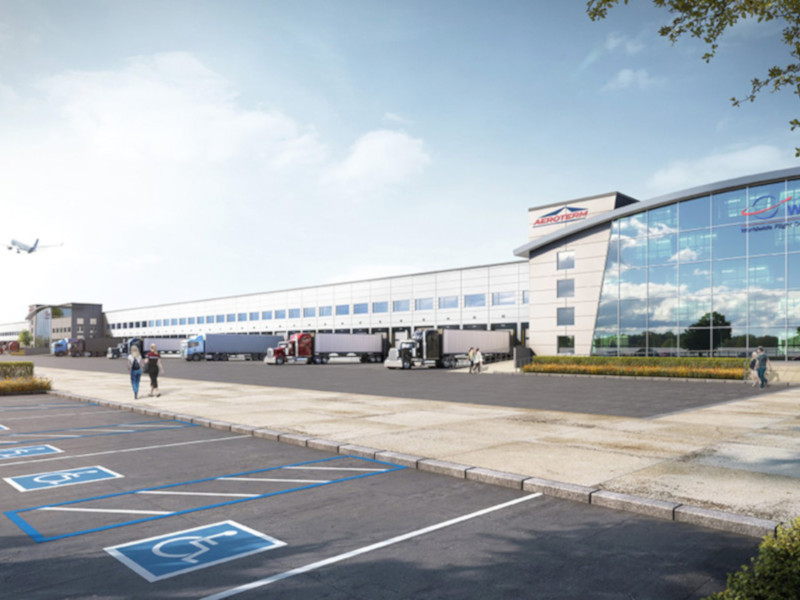New York’s John F. Kennedy International Airport is situated in the largest and densest consumer market in the United States, a city of over 8.6 million people within a metropolitan region of over 20 million. Indianapolis is a city of 865,000 in a metropolitan area 2.0 million people. Yet, in 2018, Indianapolis International Airport handled roughly the same volume of air cargo as JFK.

What’s going on? Part of it has to do with the extreme hassles—in the form of road congestion—involved in getting cargo to and from JFK. (See main story.) The same is true in other traditional gateways like Chicago and Atlanta.
A growing number of importers, mainly retailers, are deploying a single distribution center strategy, and are finding that these Midwestern cities sit at the center of gravity of the U.S. population, close enough to the densely populated East Coast and only a couple of days’ drive from the West Coast. At the same time, they enjoy much less congestion and lower costs at these airports.
“When people are moving airfreight, they don’t want to sit around and wait for their cargo to be available,” said Cathy Roberson, founder and head analyst at Logistics Trends & Insights, referring to the congestion at JFK and elsewhere. “From the Midwest, you can reach the entire United States within a matter of two days. That’s a big plus over JFK.”
“More and more retailers and fashion houses are consolidating their logistics operations for national distribution,” added Dave Whitaker, chief commercial officer at the Columbus Regional Airport Authority, which runs Rickenbacker. “It makes more sense if they need a charter instead of a scheduled flight for a product rollout or a recall.”
So, for example, Ascena Retail Group, which includes brands like Ann Taylor, LOFT, and Lane Bryant and is headquartered in the New York area, does its brick and mortar distribution out of Columbus and its e-fulfillment out of Indianapolis. Abercrombie & Fitch has its corporate and logistics headquarters in Columbus. L Brands, a Fortune 500 company that includes Victoria’s Secret, Bath & Body Works, and PINK, is likewise headquartered in Columbus.
Cargolux and Cathay Pacific are among the carriers with regular cargo flights to Rickenbacker. Three Middle Eastern airlines—Qatar Airways, Etihad, and Emirates, all increased their footprints at Rickenbacker in 2018.
With Columbus, Indianapolis, Louisville, and Cincinnati all within close proximity of one another, the one problem Roberson sees on the horizon is a potential labor shortage for regional distribution and fulfillment centers. “Labor may eventually come at a premium,” she says. “Companies may have to offer incentives for people to relocate. Either that, or they will have to automate.”





